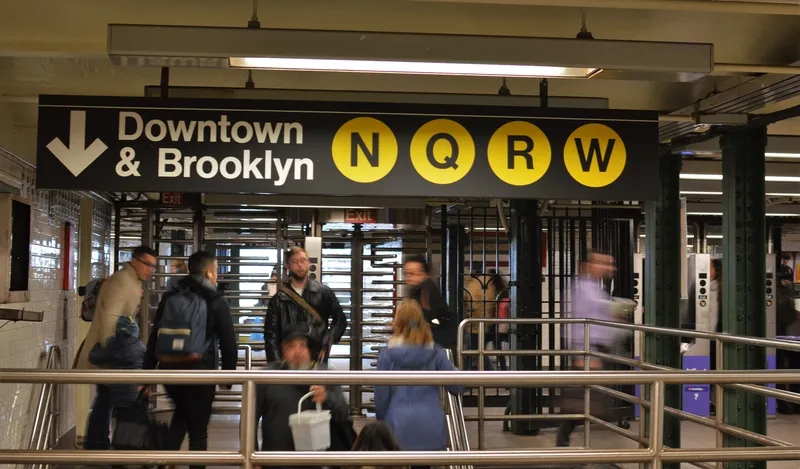An Alstom-led consortium which includes Bombardier and Indra has been awarded a contract worth US$567.5 million by the Spanish infrastructure manager ADIF to supply its European Train Control System (ERTMS) Level 2 signalling system, together with maintenance for a period of 20 years for Spain’s new north-west high speed line.
April 25, 2014
Read time: 1 min
An Alstom-led consortium which includes 513 Bombardier and 509 Indra has been awarded a contract worth US$567.5 million by the Spanish infrastructure manager ADIF to supply its European Train Control System (ERTMS) Level 2 signalling system, together with maintenance for a period of 20 years for Spain’s new north-west high speed line.
The contract will cover 310 kilometres of new high speed line from Valladolid to León and from Venta de Baños to Burgos and includes the project design, procurement, installation, commissioning and maintenance of the signalling, fixed telecommunication and automatic train protection systems, centralised traffic control (CTC), security equipment, mobile GSM-R communications equipment and infrastructure for trains and mobile phone operators.
“This will be the second ERTMS Level 2 signalling system commissioned in Spain without European Train Control System (ETCS) Level 1 backup support, after the one installed by Alstom on the Albacete-Alicante new high speed line. This configuration, made possible thanks to Alstom's technological expertise, allowed a significant reduction of the initial cost of civil works,” says Antonio Moreno, country president for Alstom in Spain.
The contract will cover 310 kilometres of new high speed line from Valladolid to León and from Venta de Baños to Burgos and includes the project design, procurement, installation, commissioning and maintenance of the signalling, fixed telecommunication and automatic train protection systems, centralised traffic control (CTC), security equipment, mobile GSM-R communications equipment and infrastructure for trains and mobile phone operators.
“This will be the second ERTMS Level 2 signalling system commissioned in Spain without European Train Control System (ETCS) Level 1 backup support, after the one installed by Alstom on the Albacete-Alicante new high speed line. This configuration, made possible thanks to Alstom's technological expertise, allowed a significant reduction of the initial cost of civil works,” says Antonio Moreno, country president for Alstom in Spain.









